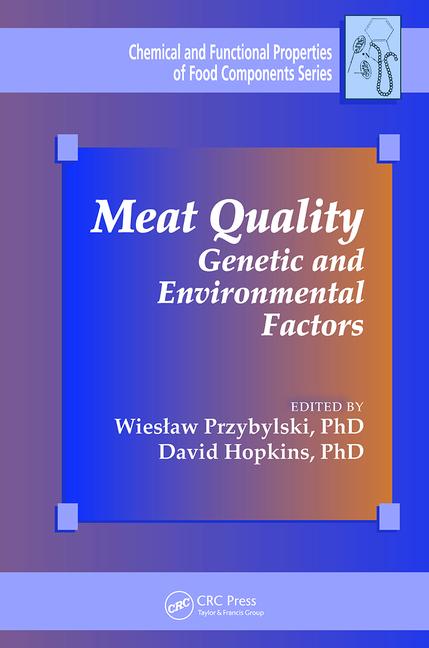Fight for Food Safety
Is the Cannaburger on the horizon?




First it was the veggie burger, then the Impossible Burger and eventually we may be hearing about the Cannaburger. Foods infused with cannabis-derived Cannabidiol (CBD) continue to proliferate. Today, one can purchase nearly any infused food imaginable, from chocolate to beef jerky.
Although the federal government’s existing policy is that CBD may not be used legally as an ingredient in any food products, many companies are ignoring the policy and using CBD anyway. In turn, the U.S. Food and Drug Administration (FDA) so far appears not to be enforcing its policy, except in those egregious cases where companies make medical or disease claims regarding the benefits of CBD.
FDA has also signaled that it will likely create a regulatory framework that will permit the use of CBD in food product under defined circumstances. Meanwhile, Congress is pressuring FDA to announce a policy of “enforcement discretion” which would allow food companies, until those regulations are written and become effective, to add CBD to food. Although USDA may also want to weigh in, it may not be long before the potential Cannaburger becomes a reality.
CBD is a lucrative business, but it remains rife with risk. In the case of CBD, it is the lack of current regulation that opens the door to the most significant risk for industry and consumers. Until the regulators develop the CBD regulatory framework, there are a few things to keep in mind if you ever explore the possibility of infusing your products with CBD.
Consider the source. Hemp has literally thousands of industrial applications that range from textiles to solvents to paper to a type of cement called “hempcrete.” Of course, it can also be used in a variety of food applications. The rules governing which hazards must be addressed, including pesticide and water use, are different depending on the application, i.e., food or industrial use. Ensure the CBD or hemp is sourced from crops that are, at a minimum, Food Safety Modernization Act (FSMA) compliant.
Hemp is also an excellent phytoremediator. This means the roots of hemp plants readily absorb soil-based contaminants, including heavy metals such as lead, cadmium, nickel, zinc and arsenic. In fact, hemp was used to remove radioactive isotopes from the soil around Chernobyl. Thus, it is important to ensure the soil in which hemp is grown is clean and free of contaminants.
Finally, the lack of regulation has allowed bad actors to take advantage of the unwitting. Laboratory testing of so-called CBD products has shown them to be anything but. In one instance, a product that purported to claim “300 mg CBD oil” ranged from 22 mg down to no CBD at all. Ensure the product you buy is independently tested for quality and composition.
Using brands certified by a reputable certification body, such as the U.S. Hemp Authority, are a good way to separate the wheat from the chaff.
Don’t take the “high” road. Hemp and marijuana are the same species of plant. From a legal standpoint, the primary difference is the amount of THC. To be legally transported in interstate commerce, hemp and its CBD derivatives must contain less than 0.3 percent THC content (by dry weight). THC causes impairment and intoxication. CBD does not.
Know the law. As of today, FDA prohibits the use of CBD as a food additive. While some states have created rules allowing for the intrastate sale of foods with CBD, other states still outlaw CBD entirely. Consequently, CBD commerce in the United States can be a veritable minefield for those who are unfamiliar with the rules and regulations from one jurisdiction to the next.
CBD is an exciting product that is creating an exciting market. As the regulatory smoke continues to clear, it may not be long before you can inhale a deep sigh of relief and bite into your first Cannaburger. NP
Looking for a reprint of this article?
From high-res PDFs to custom plaques, order your copy today!












